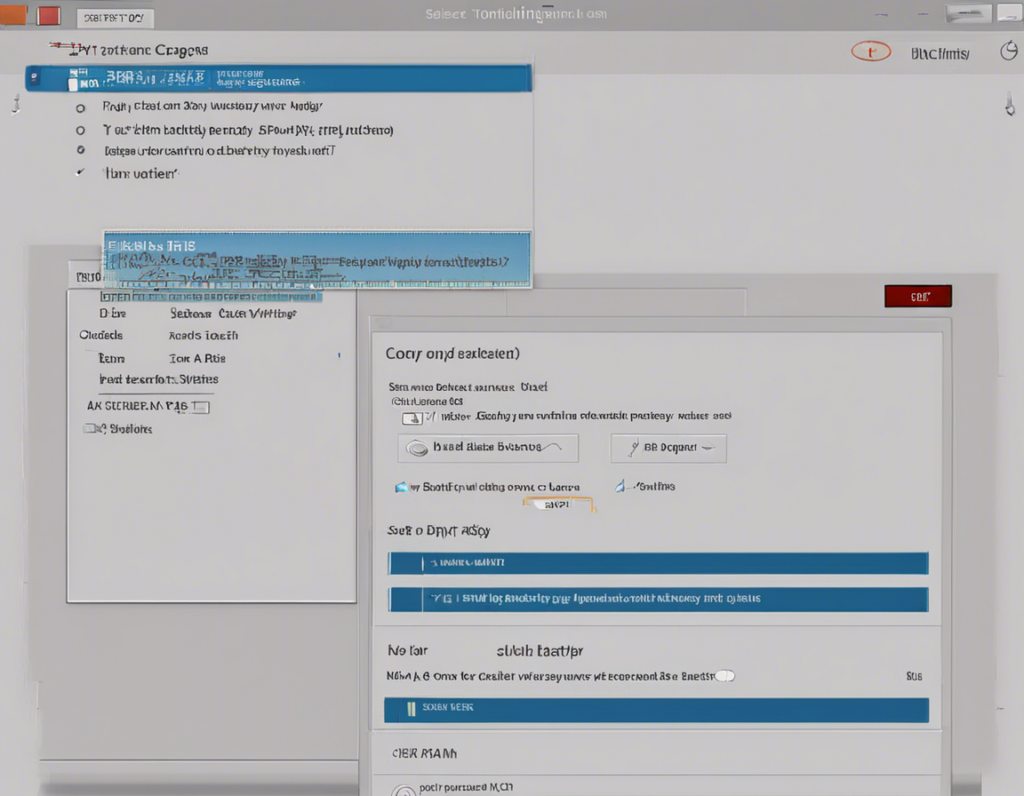Introduction
Selecting the right battery is crucial in determining the performance and longevity of electrical devices, ranging from small household gadgets to electric vehicles. With the increasing variety of batteries available in the market, it can be overwhelming to pick the best option for your specific needs. This article aims to provide a comprehensive guide on choosing the best battery for various purposes, considering factors like capacity, voltage, size, and rechargeability.
Types of Batteries
1. Lead-Acid Batteries
Lead-acid batteries are widely used in vehicles and solar power systems. They are cost-effective and reliable but have a lower energy density compared to newer battery technologies. These batteries are available in different types like flooded lead-acid, gel cell, and absorbed glass mat (AGM).
2. Lithium-Ion Batteries
Lithium-ion batteries are popular in electronic devices like smartphones, laptops, and power tools due to their high energy density and rechargeability. They have a lighter weight and longer lifespan than lead-acid batteries but come at a higher cost. Different variations include lithium-polymer and lithium iron phosphate batteries.
3. Nickel-Cadmium Batteries
Nickel-cadmium batteries are known for their ability to provide high power output and perform well in extreme temperatures. However, they have a lower energy density and are prone to the “memory effect,” reducing their overall capacity over time.
4. Nickel-Metal Hydride Batteries
Nickel-metal hydride batteries are commonly used in devices like digital cameras and cordless phones. They offer a good balance between energy density and cost, making them a popular choice for many consumers.
5. Alkaline Batteries
Alkaline batteries are the household staples found in remote controls, clocks, and toys. They are inexpensive and widely available but are typically not rechargeable, leading to more waste in the long run.
Factors to Consider When Choosing a Battery
1. Capacity
The capacity of a battery refers to the amount of energy it can store. It is measured in ampere-hours (Ah) or milliampere-hours (mAh). Higher capacity batteries last longer between charges but may be bulkier and heavier.
2. Voltage
Voltage indicates the electrical pressure a battery can provide. Devices require a specific voltage to function correctly, so it is essential to match the battery voltage with the device’s requirements.
3. Size and Weight
Consider the physical dimensions and weight of the battery, especially for portable devices where space and weight are critical factors.
4. Rechargeability
Determine if you need a rechargeable battery for convenience and cost-effectiveness in the long term. Rechargeable batteries may have a higher upfront cost but can be used multiple times.
5. Shelf Life
Check the shelf life of the battery if you plan to store it for extended periods. Some batteries like lithium-ion have a longer shelf life than others.
6. Environmental Impact
Consider the environmental impact of the battery, especially if you are looking for sustainable options. Rechargeable batteries are generally more eco-friendly than single-use batteries.
Choosing the Best Battery for Your Needs
When selecting the best battery for your needs, it is essential to consider the specific requirements of your devices and the intended usage. Here are some tips to help you make an informed decision:
1. Identify Your Power Needs
Determine the power requirements of your device to choose a battery with the right capacity and voltage. Some devices may need high-discharge batteries for optimal performance.
2. Consider Long-Term Costs
While rechargeable batteries may be more expensive initially, they can save you money in the long run by eliminating the need for frequent battery replacements.
3. Check Compatibility
Ensure that the battery you choose is compatible with your device in terms of size, voltage, and connector type to avoid compatibility issues.
4. Look for Quality and Reliability
Invest in batteries from reputable brands known for their quality and reliability to ensure optimal performance and safety.
5. Evaluate Environmental Impact
If sustainability is a concern for you, opt for rechargeable batteries and consider recycling options for old batteries to minimize environmental impact.
Frequently Asked Questions (FAQs)
Q1. What is the difference between lithium-ion and lithium-polymer batteries?
A: Lithium-ion batteries use a liquid electrolyte, while lithium-polymer batteries use a solid or gel-like electrolyte, making them more flexible in terms of shape and size.
Q2. How can I maximize the lifespan of my rechargeable batteries?
A: Avoid overcharging or fully discharging the batteries, store them at room temperature, and use a compatible charger to optimize their lifespan.
Q3. Are all rechargeable batteries interchangeable in devices?
A: No, different devices require specific battery chemistries, voltages, and sizes, so it is crucial to use the right type of rechargeable battery for each device.
Q4. Can I use rechargeable batteries in place of disposable alkaline batteries?
A: Yes, rechargeable batteries can be used as alternatives to disposable alkaline batteries, reducing waste and saving money over time.
Q5. How can I dispose of old batteries responsibly?
A: Many communities have battery recycling programs, or you can take old batteries to designated recycling centers to ensure they are disposed of properly.
In conclusion, choosing the best battery for your needs requires careful consideration of factors like capacity, voltage, size, and rechargeability. By understanding the different types of batteries available and evaluating your specific requirements, you can make an informed decision that optimizes the performance and longevity of your devices while considering environmental sustainability. Remember to prioritize quality, compatibility, and long-term costs when selecting a battery for your electronic gadgets or power systems.
